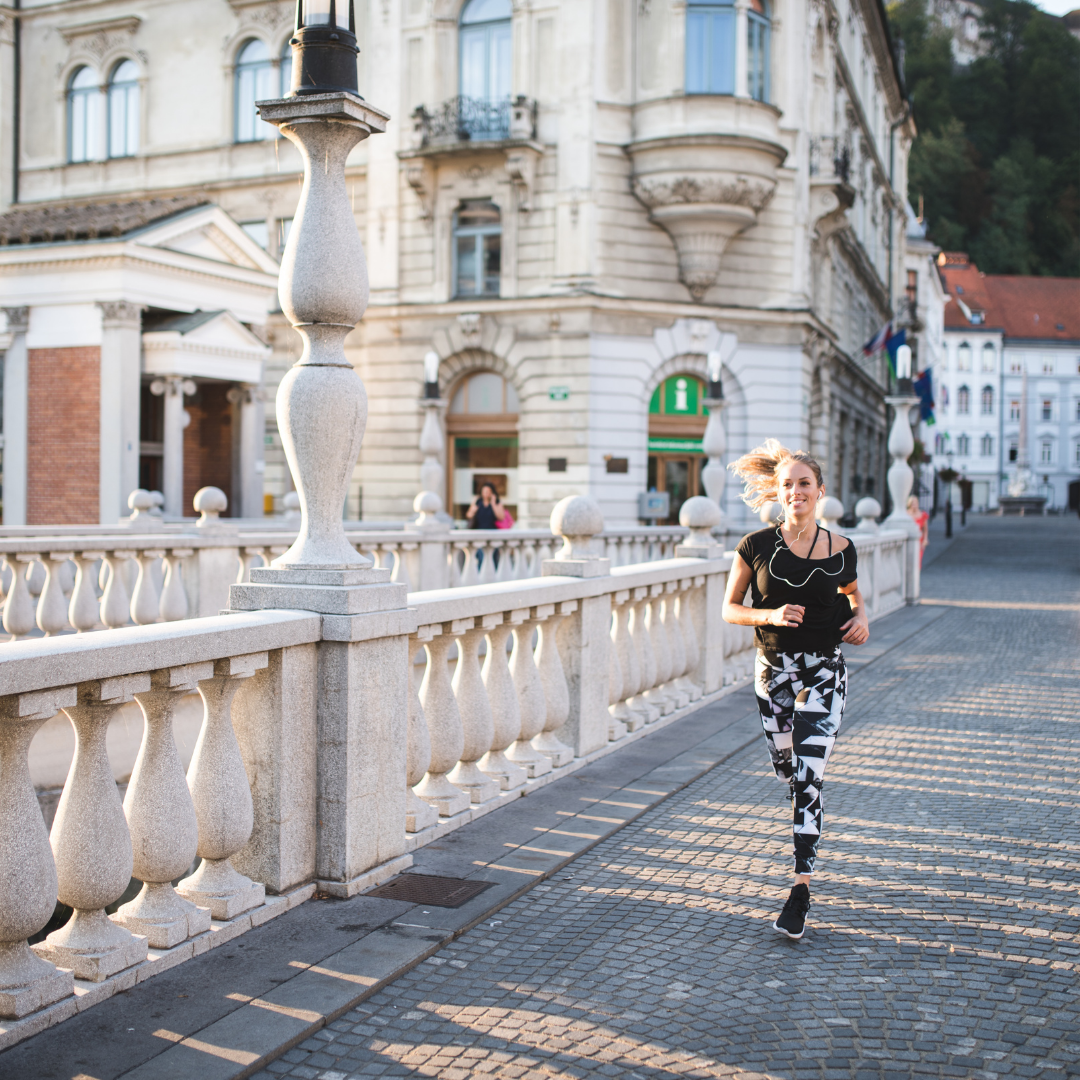
Preventing Bone Stress Injuries in Runners
- 29 Aug, 2021
Preventing Bone Stress Injuries in Runners
All bones stress injuries are due to training error. This is where an error in workload is greater than the bones ability to repair. But what are some of that factors that can affect this?
Running Alone is Not a Good Enough Bone Building Activity
Bones adapt to load placed through them. We know that runners have a reduced risk of osteoporosis (Alterntorn-Geli et al. 2018) and that training for a marathon can improve cartilage health at tibiofemoral (knee) joint (Horga et al. 2019).
Bones like variety, but they also like rest. Bones quickly become desensitized after just a few minutes of unidirectional, monotonous running. The mechanoreceptors (the sensory receptors that respond to mechanical stimulation) essentially find this boring, and don’t respond as well. A period of rest enables these mechnoreceptors to regain sensitivity, which allows for greater bone adaptation over time. Over 90% of mechnosensitivity is restored in 4-8 hours of rest between loading bouts.
Bones also like to be loaded in lots of different’ directions – athletes who specialise in unidrectional sports (e.g. long distance road running) may not have the ability to resist load in alternate directions (e.g. such a during trial runs). For this reason, incorporaitng cross training into a program (e.g. field sports, rowing, trail vs. road running) is an appropriate way to enhance bone adaptation.
Consider rest, cross training, strength and plyometric training as part of a well-rounded program to create healthy adaptation.
Use Periodisation to Build More Bone
Bone cells can also lose their sensitivity to adapt to load over a block of training (e.g. across a sport season). Planning of training program with appropriate rest breaks through periodisation can be used to help improve bone cell mechanosensitivity.
Whilst mechanosensivity of the skeleton decreases after a long period of loading, it improves with rest and time off. For this reason, rest periods should be incorporated into each program, at least 1 /day week and 1 week every 3 months. “Rest” may be time off running but can include other forms of activity (e.g. cycling / swimming). Schedule in a cross training week for better bone adaptation!
Progress Training Duration Before Intensity
The risk of bone stress injury increases more rapidly with load velocity, compared to loading duration. This means, a runner should focus on increasing km's/miles before introducing speed. When considering to introduce a greater volume of high-speed running, this should be coupled with temporary reductions in training volume.
80% of a runner's training program should be at an easy pace, with the other 30% reserved for high intensity runs (tempo/hills/intervals etc).
This leads to the concept "train slow to race fast"
Incoporate Treadmill Running
Treadmill running may elicit lower tibial bone strain than overground training, despite minimal differences in running mechanics. In addition, the incoporation of incline running may also reduce bone stress injury risk as it reduces impact loading.
Consider substituting 1x outdoor run with 1x treadmill run to reduce cumulative bone workload. Ensure your training program includes some hill work to further reduce bone stress injury risk.
Avoid Early Sport Specilisation
Loading when young during periods of growth encourages long term bone strength through to adolescence/adulthood.
However, early specilisation in a single sport (intensive prepuberatal participation in a single sport for more than 8 months of a year) has been associated with an increased risk of overuse and bone stress injuries.
Children who partake in a variety of sports at a young age are better able to withstand load in multiple directions.
Not all Athletes Have Good Skeletons
Relative Energy Deficiency in Sport (RED-S) is prevalent. RED-S is “low energy availability” where an individuals dietary energy intake is insufficient to support the energy expenditure. Ensure there is adequate dietary intake to meet training requirements.
Particularly amongst adolescent female cross country athletes. Up to 50% of this population meet the criteria for disordered eating and/or reporting menstrual dysfunction. This may affect bone mineral density into adulthood.
Reference:
1. Warden SJ, Edwards WB, Willy RW. Preventing Bone Stress Injuries in Runners with Optimal Workload. Curr Osteoporos Rep. 2021 Jun;19(3):298-307. doi: 10.1007/s11914-021-00666-y. Epub 2021 Feb 26. PMID: 33635519; PMCID: PMC8316280.
2. Horga LM, Henckel J, Fotiadou A, et al. Can marathon running improve knee damage of middle-aged adults? A prospective cohort study. BMJ Open Sport Exerc Med. 2019;5(1):e000586. Published 2019 Oct 16. doi:10.1136/bmjsem-2019-000586
3. Alentorn-Geli, E., Samuelsson, K., Musahl, V., Green, C., Bhandari, M. and Karlsson, J., 2017. The Association of Recreational and Competitive Running With Hip and Knee Osteoarthritis: A Systematic Review and Meta-analysis. Journal of Orthopaedic & Sports Physical Therapy, 47(6), pp.373-390.
Recent Posts
An Analysis of Marathon Racing
- 29 Apr, 2023
5 Common Strength Training Mistakes Runners Make
- 11 Jan, 2023
A Runners Guide to Patellar Tendinopathy
- 07 Jan, 2023
Preventing Bone Stress Injuries in Runners
- 29 Aug, 2021
Previous Post
Increasing Cadence by 10%
Next Post
A Runners Guide to Patellar Tendinopathy
Recent Posts
An Analysis of Marathon Racing
- 29 Apr, 2023
5 Common Strength Training Mistakes Runners Make
- 11 Jan, 2023
A Runners Guide to Patellar Tendinopathy
- 07 Jan, 2023
Preventing Bone Stress Injuries in Runners
- 29 Aug, 2021




